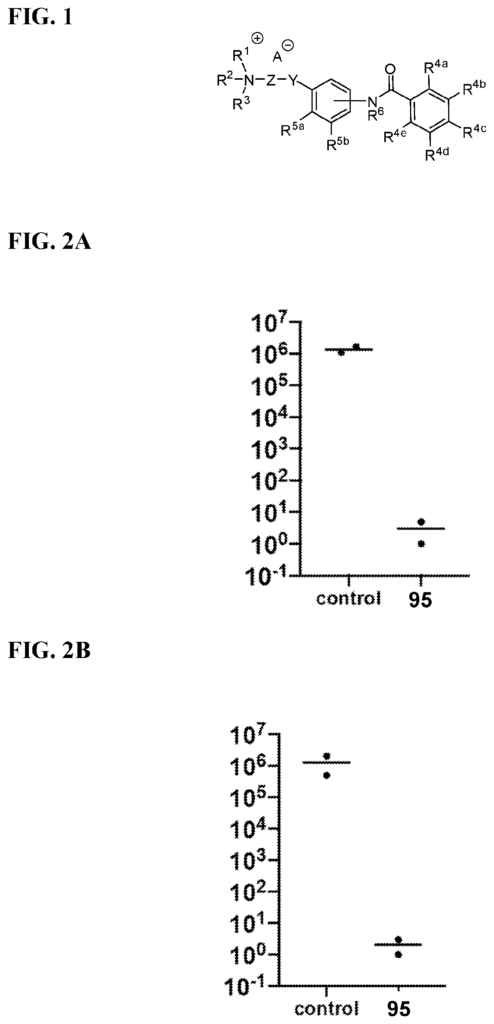New Antibiotic Ammonium Compounds for Treating Resistant Infections
Introduction
The rise of antibiotic-resistant bacterial infections is one of the most pressing public health challenges of our time. Traditional antibiotics are becoming less effective as bacteria evolve to withstand these treatments, leaving healthcare providers with limited options for fighting severe infections. Our patented antibiotic ammonium compounds offer a fresh solution to this critical issue. Designed to target resistant bacterial strains, these compounds represent a new frontier in the fight against drug-resistant infections.
The Urgent Need for Novel Antibiotics
Infections caused by multidrug-resistant bacteria are on the rise, causing complications in hospitals and healthcare facilities worldwide. Common infections like pneumonia, urinary tract infections, and bloodstream infections have become increasingly difficult to treat due to bacteria’s ability to develop resistance to commonly used antibiotics. With fewer treatment options available, the risk of severe complications and mortality increases, especially for immunocompromised patients or those undergoing surgeries.
For pharmaceutical companies and healthcare providers, the development of new antibiotics capable of combating resistant bacterial strains is crucial. The discovery of new compounds that can bypass these resistance mechanisms is key to overcoming the global health threat posed by antibiotic-resistant infections.
A New Approach with Ammonium-Based Antibiotics
Our patented antibiotic ammonium compounds introduce a novel mechanism of action, making them particularly effective against bacteria that have developed resistance to existing antibiotics. These compounds are designed to target bacterial cell membranes, disrupting essential cellular processes and leading to the death of the bacteria. Importantly, the ammonium-based structure of these compounds offers a unique pathway for overcoming bacterial resistance mechanisms, making them valuable in treating infections that no longer respond to traditional antibiotics.
These compounds can be applied to a wide range of bacterial infections, from common hospital-acquired infections to severe drug-resistant pathogens. They are also versatile enough to be developed into various forms, such as topical treatments, oral medications, or injectables, allowing for flexibility in addressing different types of infections and clinical scenarios.
Key Benefits
- Effective Against Resistant Bacteria: Specifically targets bacterial strains that have developed resistance to traditional antibiotics.
- New Mechanism of Action: Offers a fresh approach to antibiotic therapy, reducing the risk of bacterial resistance development.
- Broad Application: Can be used for a variety of bacterial infections, including those acquired in hospitals and other healthcare settings.
- Versatile Formulations: The compounds can be formulated into oral, topical, or injectable treatments, providing flexibility in clinical use.
A Critical Step Forward in Infection Control
Licensing this antibiotic ammonium compound technology offers pharmaceutical companies the chance to develop cutting-edge treatments for antibiotic-resistant infections. As bacterial resistance continues to rise, these compounds represent a critical tool in expanding the arsenal of effective antibiotics for healthcare providers worldwide.

- Abstract
- Claims
What is claimed is:
Share
Title
Antibiotic ammonium compounds and methods for the treatment of bacterial infections
Inventor(s)
Bryan DAVIES, Stanton McHardy, Ashley Cunningham, Hua-Yu WANG
Assignee(s)
University of Texas System
Patent #
11952330
Patent Date
April 9, 2024
















